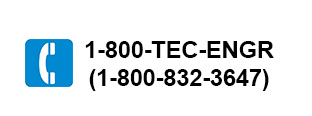
Resolver Encoders
Resolvers are essentially a
rotary transformer, having one rotor winding and two stator
windings. The stator windings are located 90 degrees apart.
Either rotor or stator winding can be used as primary. Typically,
the rotor windings is driven by a reference voltage at a frequency
ranging from 400 Hz to several KHz.

|
 |
As the shaft rotates, the
output voltages of the stator windings vary as the sine and cosine of
the shaft angle.

The two induced stator
voltages are a measure of the shaft angle and are converted to a digital
signal in resolver-to-digital decoder. Among various R/D decoding
methods available, the two most commonly used are:
Ratiometric Tracking
Converter
The circuit features a Type II
servo-loop that comprises of sine/cosine multiplier and an error
amplifier together with phase sensitive demodulator, error processor,
voltage controlled

oscillator (VCO) and an
up/down counter. Since the VCO is controlled by an error
integrator, greater the lag between the actual shaft angle and the
digital angle in the ocunter, faster will the counter be called upon to
"catch-up" or "track" and eliminate the error.
The information produced by
this type of converter is always "fresh", being continually
updated and always available at the output. As an added bonus,
additional outputs, such as, an analog output proportional to the shaft
RPM to eliminate external tachometers and a busy signal pulse for
incremental pulse applications, are also available. The basis of
determining the shaft angle in a ratiometric converter is the ratio
between the two stator signals.
|


